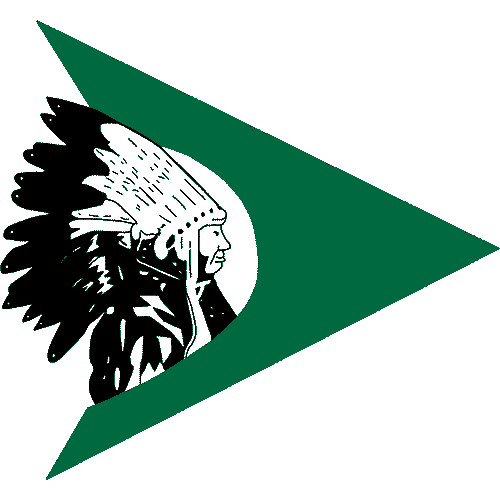I asked Chief Tammy Cook-Searson to describe how 2023 was for the Lac La Ronge Indian Band in one word and she responded with “sasepethetamowin” which is Cree for perseverance. It was a busy year for LLRIB, and members continued to work collaboratively to strengthen their six communities.
In March of 2023 Lac La Ronge Indian Band had an election where Chief Tammy Cook-Searson was re-elected to her seventh term. This year was the first year that LLRIB added online voting as an option in their Election Act. Online voting provided access for band members that were unable to attend the in-person polls. This upcoming March will be Cook-Searson’s 19th year as Chief.
For years now LLRIB has been hosting community clean-ups and this year the Lands and Resources Department planned multiple clean-ups that were a huge success. Along with community clean-ups many other events took place this year such as fishing derbies, family events and cultural gatherings. In October there was a community cultural gathering at Bells Point Beach where members took part in Cree language enrichment, hide making, birch bark art and much more.
“It’s nice to be able to get together to bridge the youth and the elders, to bring the knowledge together and then bringing in community resource people from our communities that are experts on the traditional way of life, whether it’s hunting, preparing the moose, making dry meat” said Cook-Searson.
LLRIB has been in active negotiations with the federal government over the Treaty 6 Agricultural Benefits (Cows and Plows) claim since 2018. LLRIB received partial validation for the claim and established a negotiation table and committee, they’ve been working non-stop since July. Negotiations have been productive for LLRIB, including a meeting with Gary Anandasangaree, the Minister of Crown-Indigenous Relations. Right now, the Agricultural Benefits Committee is hopeful that Canada will make a formal offer of settlement next spring.
Although LLRIB had a very productive and successful year, there is always room for improvement. The number one area members would like to see improvement in is community safety, and LLRIB has plans to help create safer communities.
“We want our communities to feel safe,” said Cook-Searson. “We built the Wellness Treatment Recovery Centre, The Woodland Wellness Centre. So after Christmas we’re hoping to be open to full capacity.”
The Woodland Wellness Centre has the capacity for 24 inpatient beds and is open not only to LLRIB members but also other First Nations, Metis and Non-Indigenous individuals. The wellness centre also runs an outpatient program and a daycare. LLRIB has had a travelling youth conference with guest speakers visit communities to provide youth with more information about the wellness centre.
LLRIB also hopes that the community of Little Red River will get their own water treatment plant and a fire hall in 2024. The LLRIB side of Little Red River is home to approximately 355 people who have been dealing with water issues for quite some time. Right now, water is not piped directly into the homes of LLRIB members, but it’s delivered by truck from the Montreal Lake Cree Nation water treatment plant and pumped into holding tanks.
“We take it for granted that we have running water, so that’s something that we need to need bring to the community of Little Red,” explained Cook-Searson.
Along with not having a water treatment plant, the water from the Montreal Lake Cree Nation side of the reserve is not safe to drink and the holding tanks they use for water are not in good condition.
“Both my parents have always said, ‘you keep pushing on no matter what, no matter how difficult the challenges are in life you just keep going and you keep pushing on,’” Cook-Searson said.
Overall sasepethetamowin (perseverance) is what made it a successful year for LLRIB and is what will make 2024 just as successful for the six communities.
